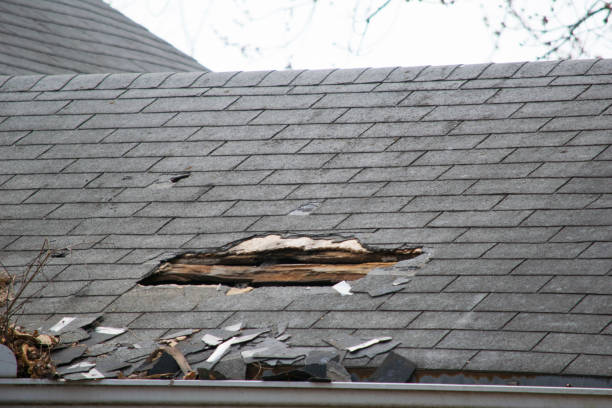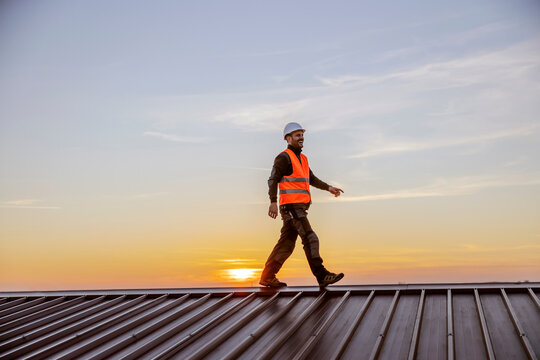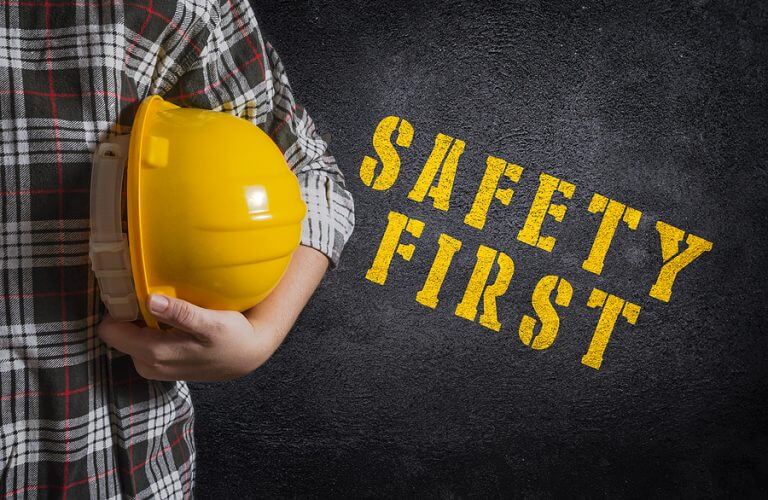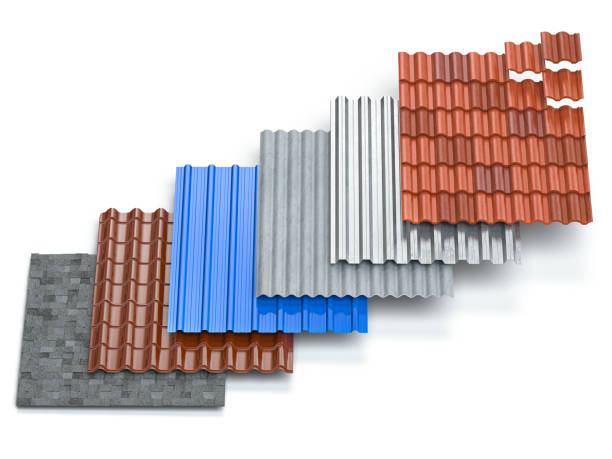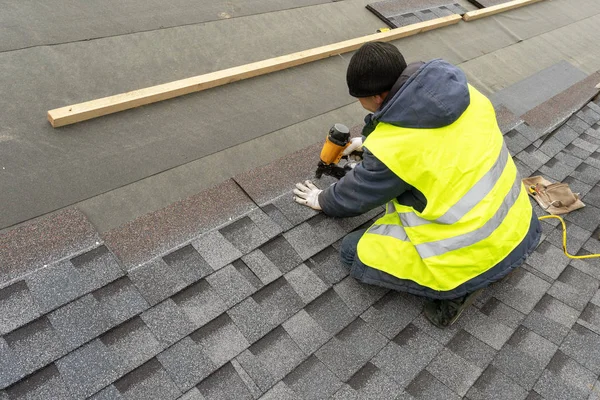Your roof is your home’s first line of defense against the elements, and it’s crucial to keep it in good condition to ensure the safety and integrity of your property. Over time, various factors can lead to roof damage, which, if left unaddressed, can result in costly repairs or even a complete roof replacement. This blog post will discuss common signs of roof damage and when to call a professional roofer for help.
Missing or Damaged Shingles
Missing, cracked, or curled shingles are the most apparent signs of roof damage. Shingles protect your roof from water and other elements, so any compromise in their integrity can lead to leaks and further damage. If you notice shingle issues, it’s time to consult a roofing professional.
Roof Leaks
Water stains on your ceiling or walls or visible water dripping from your ceiling indicate a roof leak. Roof leaks can result from damaged flashing, deteriorated shingles, or underlying structural problems. Addressing leaks promptly is crucial to prevent further damage to your home’s interior.
Granule Loss
Check your gutters for an accumulation of granules from your shingles. Granule loss can make your shingles less effective at protecting your roof and may indicate the need for a roof inspection.
Sagging Roofline
A sagging roofline is a serious issue that can indicate structural damage or weakened roof supports. If you notice any sagging or uneven areas on your roof, it’s essential to have a professional roofer assess the situation immediately.
Damaged Flashing
Flashing seals joints and transitions on your roof, such as around chimneys, vents, and skylights. Damaged or improperly installed flashing can lead to leaks and water damage. Roofers have the expertise to inspect, repair, or replace flashing to prevent water intrusion.
Increased Energy Bills
If your energy bills have steadily risen, it may be due to compromised roof insulation or ventilation. A damaged roof can allow heated or cooled air to escape, making your HVAC system work harder to maintain a comfortable indoor temperature.
Mold or Mildew Growth
The mold or mildew on your roof’s surface or attic can indicate poor ventilation or moisture issues caused by roof damage. Mold can harm your health and weaken your roof’s structure.
Aging Roof
Even if your roof appears to be in decent shape, if it’s nearing the end of its expected lifespan (typically 20-30 years for asphalt shingles), it’s wise to have it inspected by a professional roofer. Aging roofs are more susceptible to damage and may require replacement.
Ice Dams in Winter
Ice dams can form on the roof’s edge in colder climates, preventing proper water runoff. This can lead to water backing up under the shingles and causing leaks. Roofers can install ice and water shields to prevent ice dam formation and protect your roof during winter.
Curled or Blistered Roofing Material
Curled or blistered roofing material can indicate a compromised roof structure, poor ventilation, or the end of the shingle’s lifespan. These issues can lead to further damage and should be addressed promptly.
Being vigilant about the condition of your roof and recognizing common signs of damage is essential for maintaining your home’s safety and value. If you notice any of these signs, it’s best to call a professional roofer for a thorough inspection. Prompt action can save you time and money by preventing more extensive damage and ensuring the longevity of your roof.


